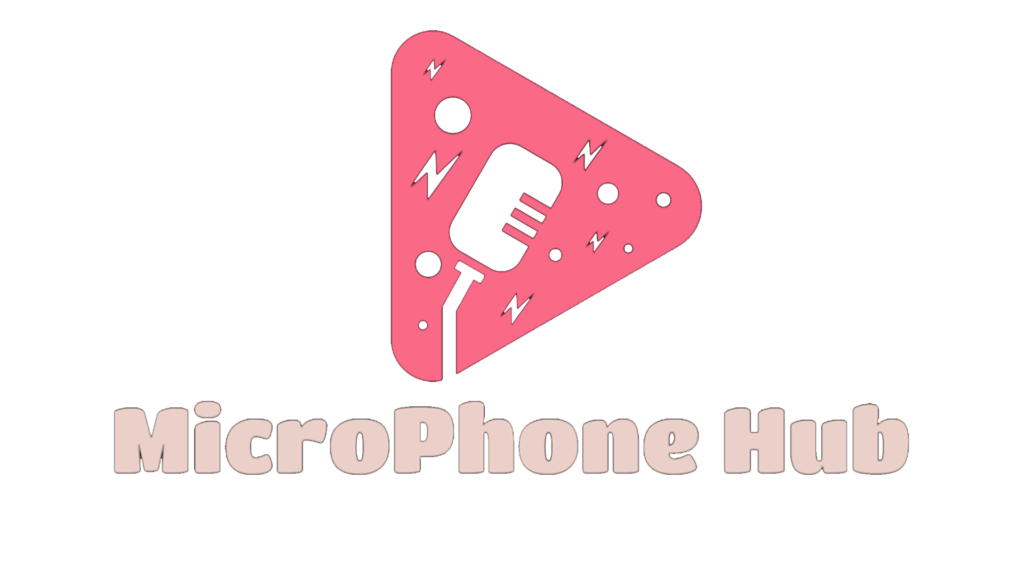Dynamic mics are often used when there is a loud sound source, like at a live performance. Most people think they work best for loud, live vocals. They also work well for brass instruments, keyboards, drums, and guitar amps.
Types of a Condenser USB Microphone
There are many different kinds of condenser USB microphones, such as:
- Handheld condenser USB microphones: These are made to be held in hand and work well for recording instruments and vocals in a home studio or live performance. They are often used for both singing and speaking.
- Desktop condenser USB microphones are made to sit on a desk or other flat surfaces. They are often used for podcasting, streaming, and voice recognition software. They may come with a built-in stand or require a separate perspective.
- Clip-on condenser USB microphones: These mics are made to be worn on the body and are usually small, so they don’t get in the way and are easy to hide. They can be clipped or pinned to clothing and are often used for interviews on camera and other situations where mobility is important.
- Headset condenser USB microphones: These are worn on the head and are often used in theatre and public speaking. They are more stable and comfortable than clip-on microphones, and some have an earpiece built in so you can listen to the sound.
Features of a Condenser USB Microphone
Some of the good things about a condenser USB microphone are:
- Excellent sound quality: Condenser USB microphones are known for their high sensitivity and fast transient response, which makes them great for picking up subtle nuances in the human voice.
- Easy to use: Condenser USB microphones are usually easy to set up and use, which makes them a good choice for beginners and hobbyists.
- Condenser USB microphones are easy to bring with you wherever you go because they are small and don’t need any other audio equipment.
- Wide frequency response: Most condenser USB microphones have a wide frequency response, which means they can pick up a wide range of sounds and are good for recording various instruments and vocals.
- Onboard audio processing: Many USB condenser microphones have built-in equalization, filtering, and compression. This can help shape the microphone’s sound and improve the audio’s overall quality.
- Compatibility with software: Condenser USB microphones work with a wide range of software for recording and streaming, such as Audacity, Skype, and Zoom.
Can a USB mic be dynamic?
It is a dynamic USB mic with a cardioid polar pattern, which means it faces forward. For monitoring without latency, there is a headphone jack with volume control and a small green light to show that it is plugged in and working.
What are dynamic microphones best for?
In general, dynamic microphones work best in loud places and at live concerts. But don’t let that fool you; they’re also a great choice for recording vocals in a studio or at home.
Do singers use dynamic mics?
There are a lot of famous singers who use regular dynamic microphones to make award-winning albums that sound great. The same idea can be used no matter what you’re recording. Turn on a condenser if it’s a natural sound with many different frequencies. If it’s loud and crazy, you should choose something dynamic.
What is the purpose of a dynamic microphone?
Dynamic mics are often used when there is a loud sound source, like at a live performance. Most people think they work best for loud, live vocals. They also work well for brass instruments, keyboards, drums, and guitar amps.




